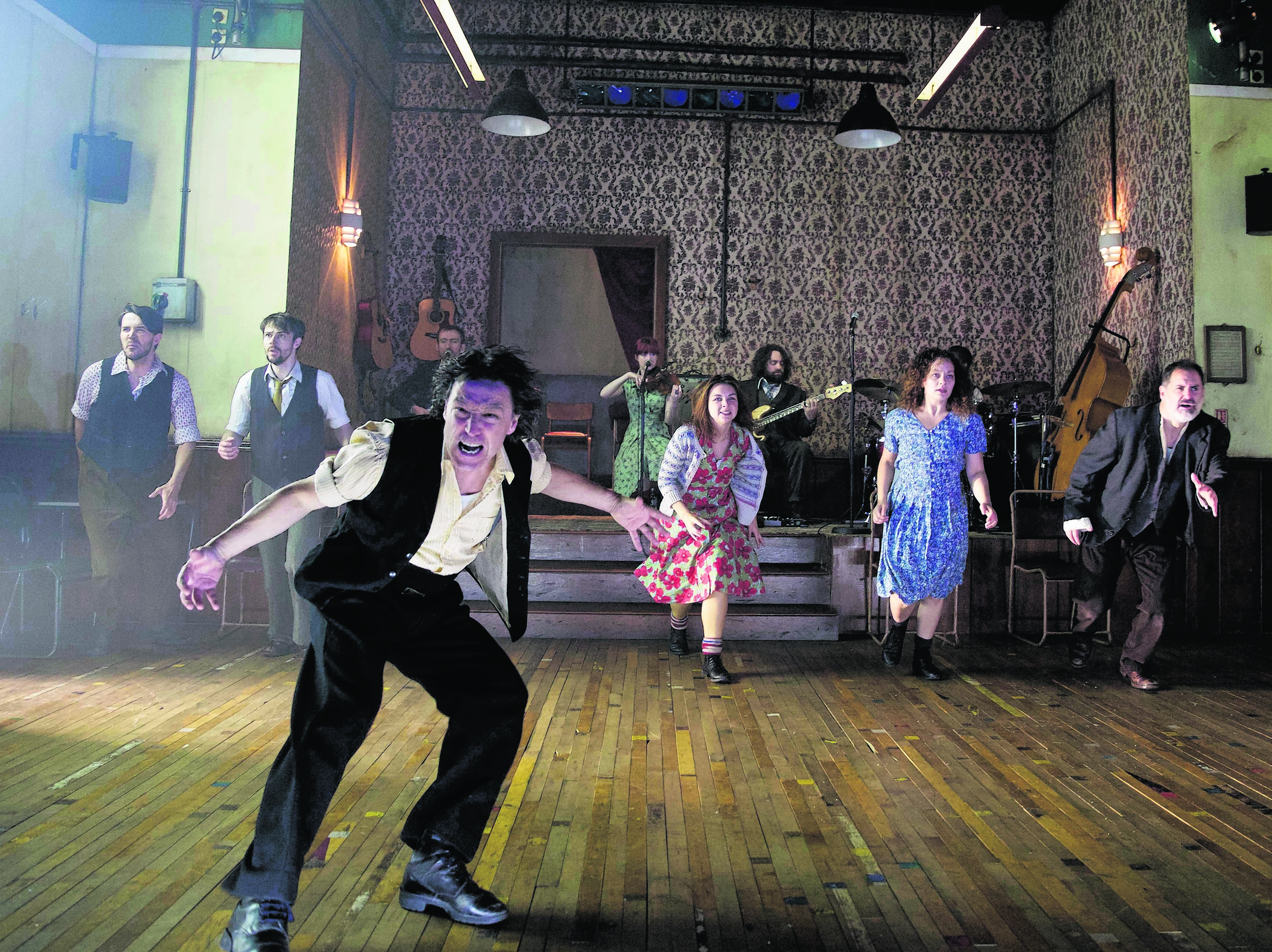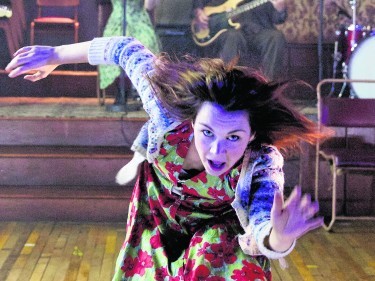A rare opportunity to catch a must-see explosive and classic Scottish play performed in a unique setting comes to Aberdeen next week, writes Susan Welsh
Powerful Scottish dramas like Black Watch and The Cheviot, the Stag, and the Black Black Oil are known around the world, but few people have heard of the passionate and explosive In Time o’ Strife by Joe Corrie.
National Theatre of Scotland are about to put that right, as director and designer Graham McLaren presents a powerful re-imagining of the classic 1926 play by Joe Corrie which at Aberdeen’s Beach Ballroom from Tuesday, September 23.
The staging of the play with music, also rights a shameful wrong as Graham explained: “In Time o’ Strife is one of the great milestones of 20th-century Scottish theatre.
“When it was first produced in 1926, it was totally revolutionary in that it was the first time a working-class voice had been heard on stage.
“It was written by Joe Corrie, who was caught up in the General Strike, and the only reason he had time to write a play was because he was out on strike .
“Time o’ Strife is a brilliant play, a bit like Lorca’s Blood Wedding (a classic Spanish tragedy) but set in a Fife coal field – it’s genius and to come from someone who’d never written before is just incredible.
“He didn’t write the play to be famous but to raise money for the local food banks and soup kitchens which were feeding the starving miners.
“It was a play written for a real purpose and consequently he became a huge success and recognised as a great talent; in fact his poetry was referred by W.B. Yeats as ‘The best poetry in Scotland since Robert Burns’.
“He was a real talent but the Scottish theatre establishment of the day locked him out because he was a miner and because of his political leanings which seems crazy not to think that would be the case.”
Intensely physical and loud, driven by explosive choreography and a live four-piece band, this production has been designed with a contemporary audience in mind.
The play exposes the lives of a Fife mining family staring hunger and defeat in the face during the General Strike of 1926.
A poignant meditation on class and power, the show garnered critical praise for its raw energy, emotional impact and its subtle yet powerful representation of the complex human issues surrounding the strike.
“This version is set in the same period but also includes reference to the 1984 miner’s strike,” said Graham.
“The effect of that strike and the 1926 strike on the common man were exactly the same – people had to live on handouts.
“When we were working on the play, we spoke to some of the Fife miners and their families who had experienced such hardship during the last miners’ strike in 1984.
“Their stories were incredible.
“I remember one woman telling me, with great dignity, how she and her young sons had to carry their colour TV back to Radio Rentals because they could no longer afford to rent it.
“This year is the 30th anniversary of that strike and we are very excited to be taking this play about the strength of the Common Man to audiences across Scotland.
“As for Joe Corrie, many say he died of a broken heart because he was not accepted by his peers.
“He never went back down the mines but made his living writing articles and short plays for the Scottish Amateur Dramatic Society and became the darling of them, but his writing suffered as a result as he was writing quickly and to order.
“It’s crucial that Scottish theatre gives voice to artists who deserve it for their ability and so I can’t tell you how utterly thrilled I am at being able to present this play and love the idea of staging it in the Beach Ballroom because it’s a social venue, rather like a Miner’s Welfare Institute where people would come together for a laugh and a dance.
Powerful, moving and uplifting, In Time o’ Strife is at Aberdeen Beach Ballroom from Tuesday, September 23, until Thursday, September 25, with performances at 7.30pm nightly plus a Wednesday matinee at 2.30pm.
Contact 01224 641122 or www.aberdeenperformingarts.com

